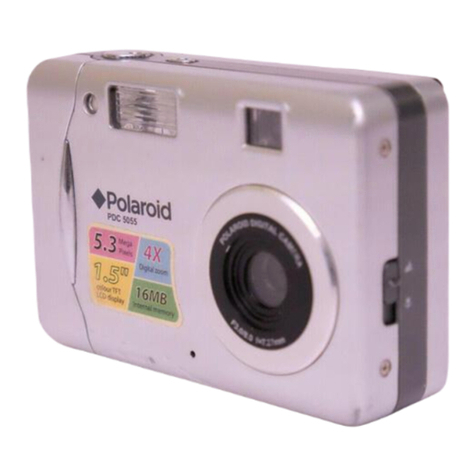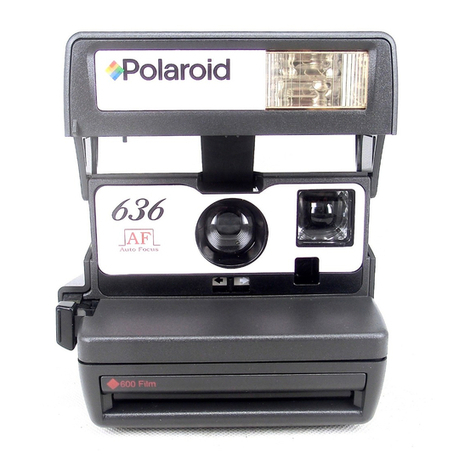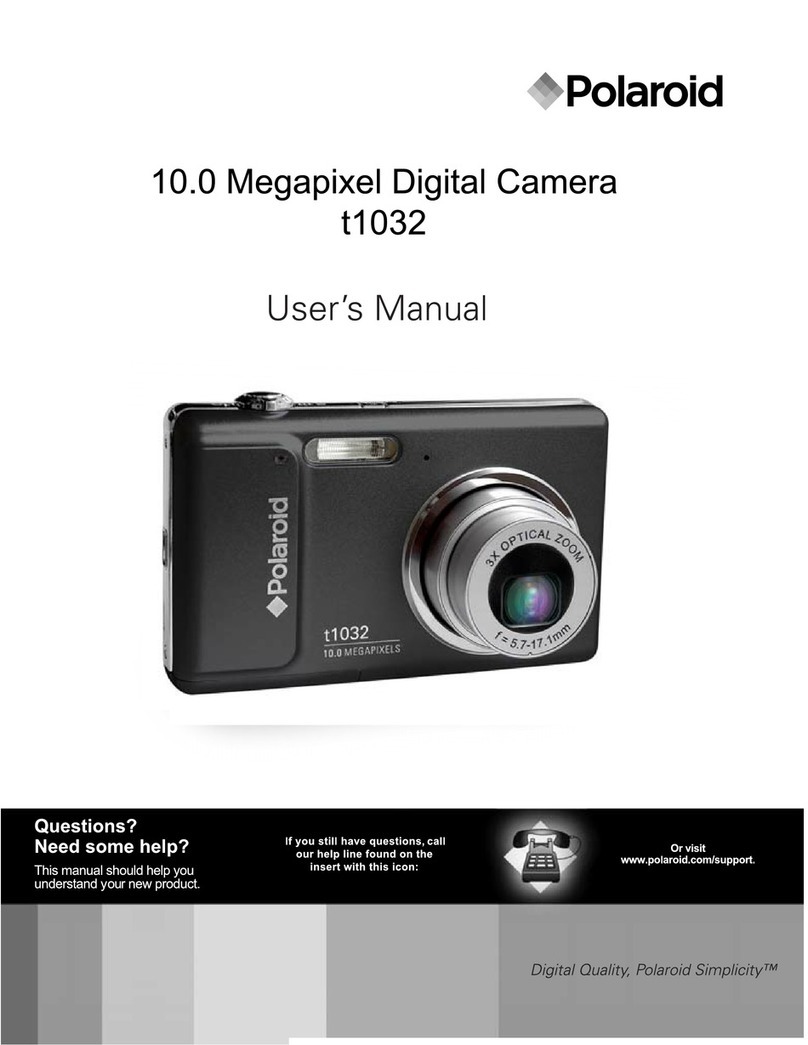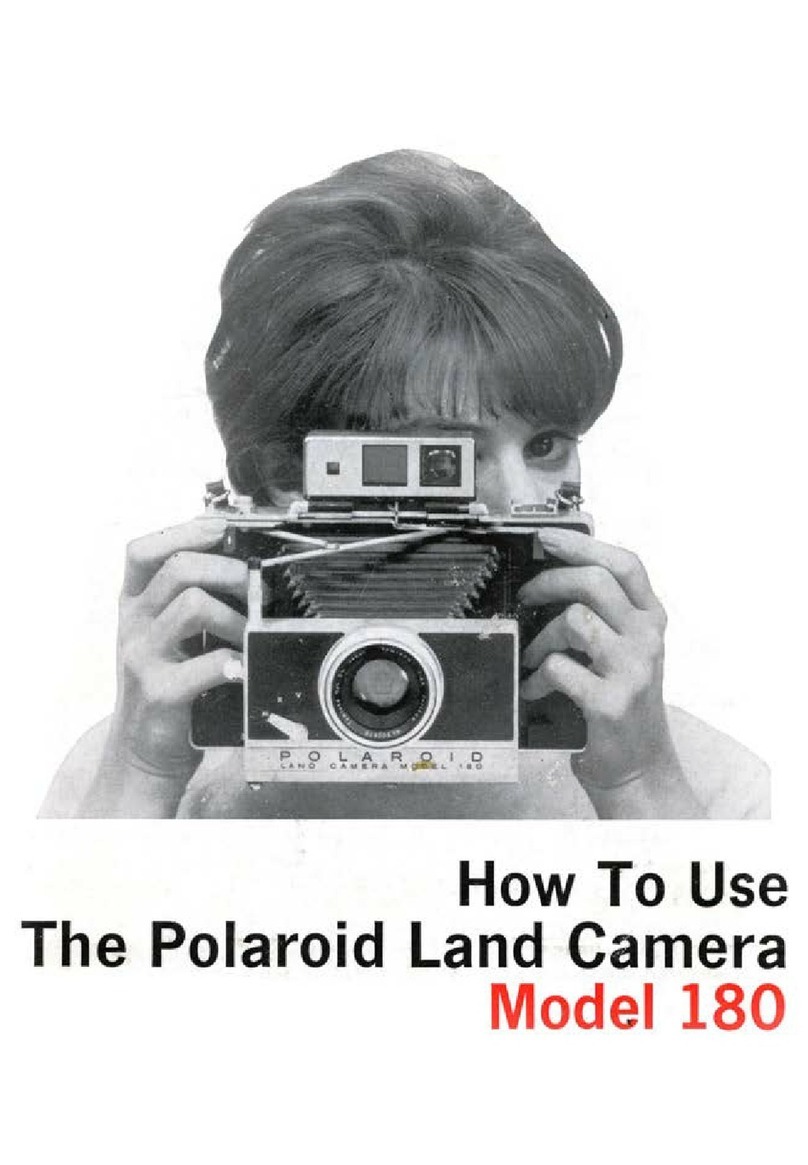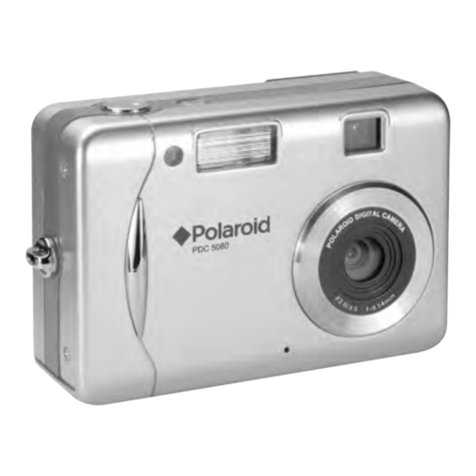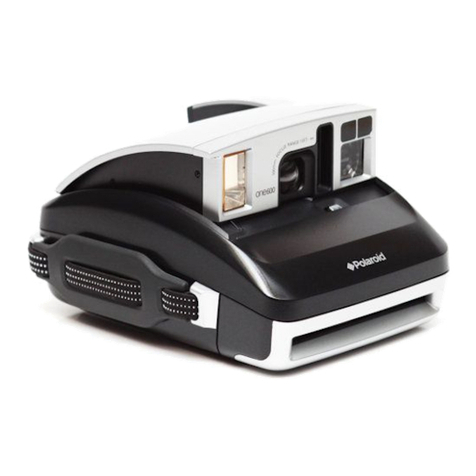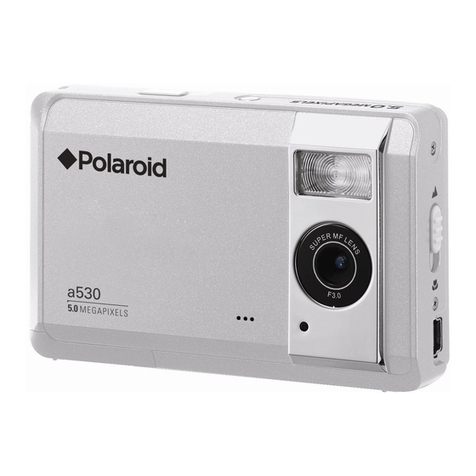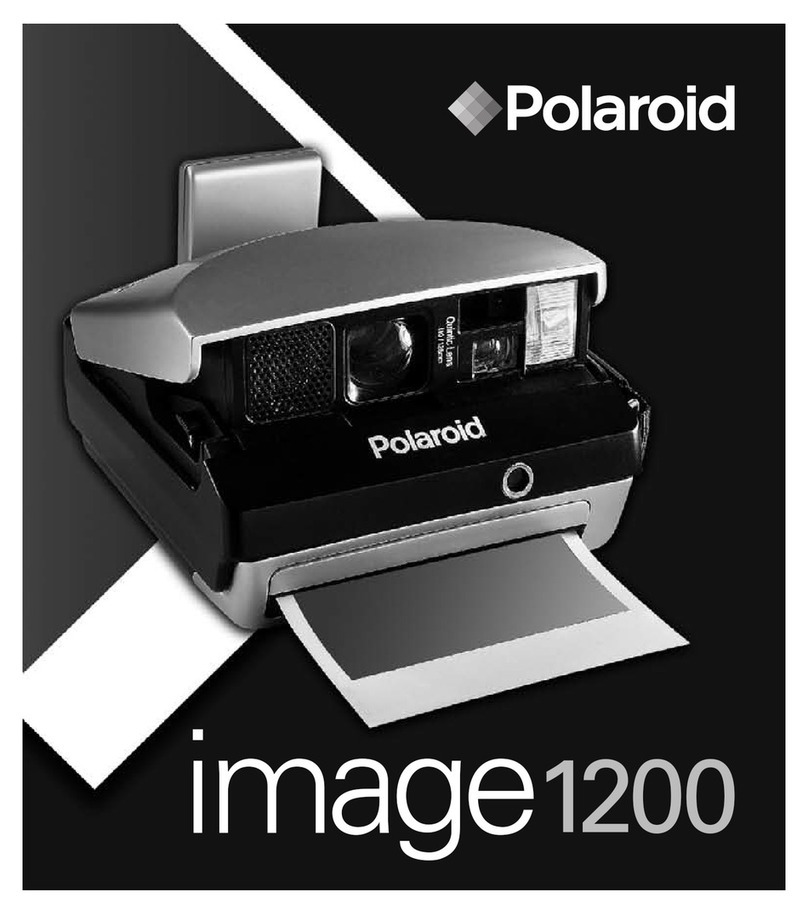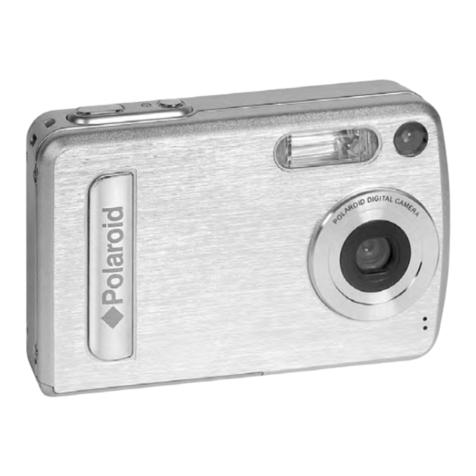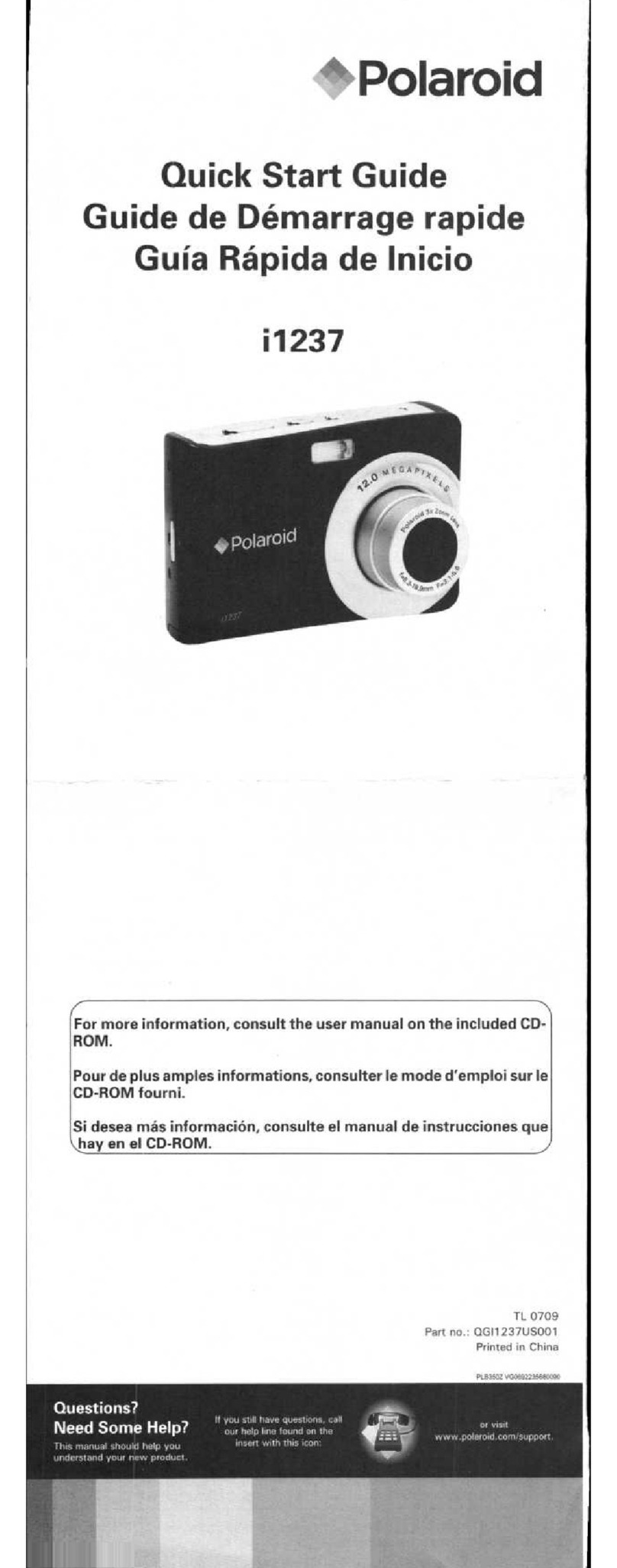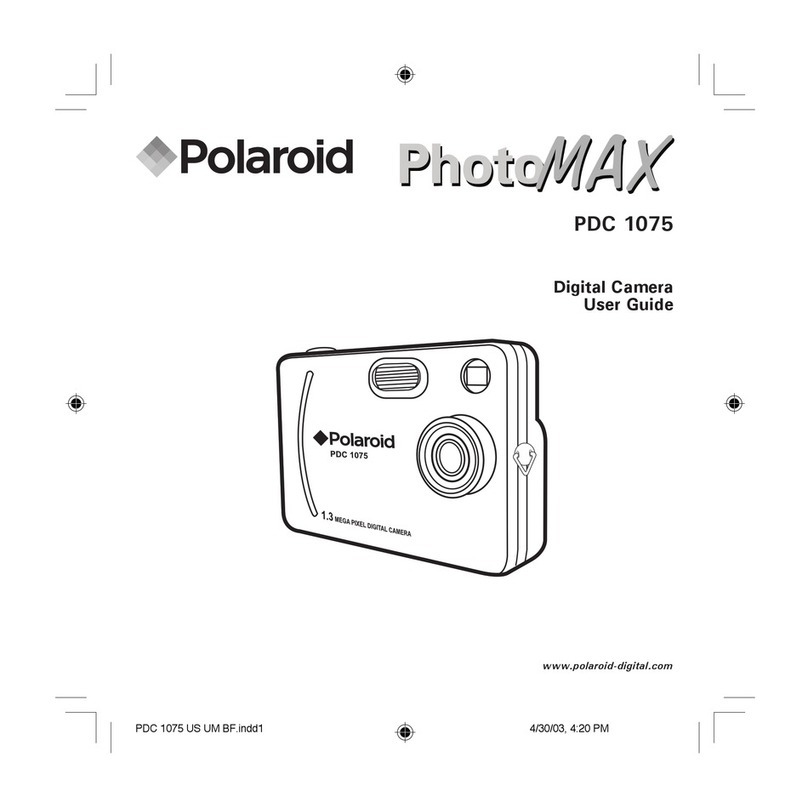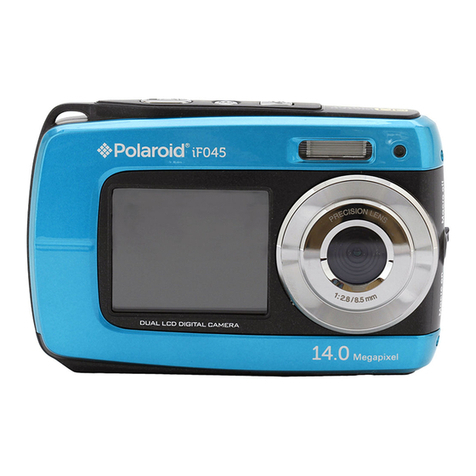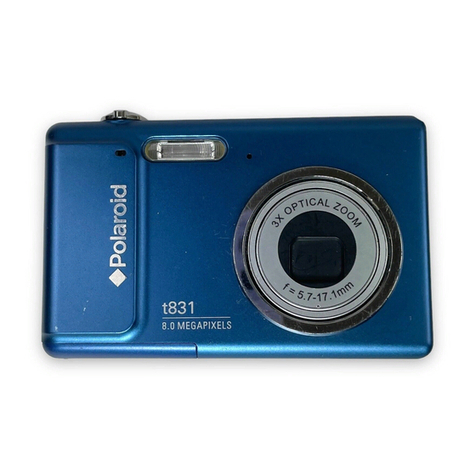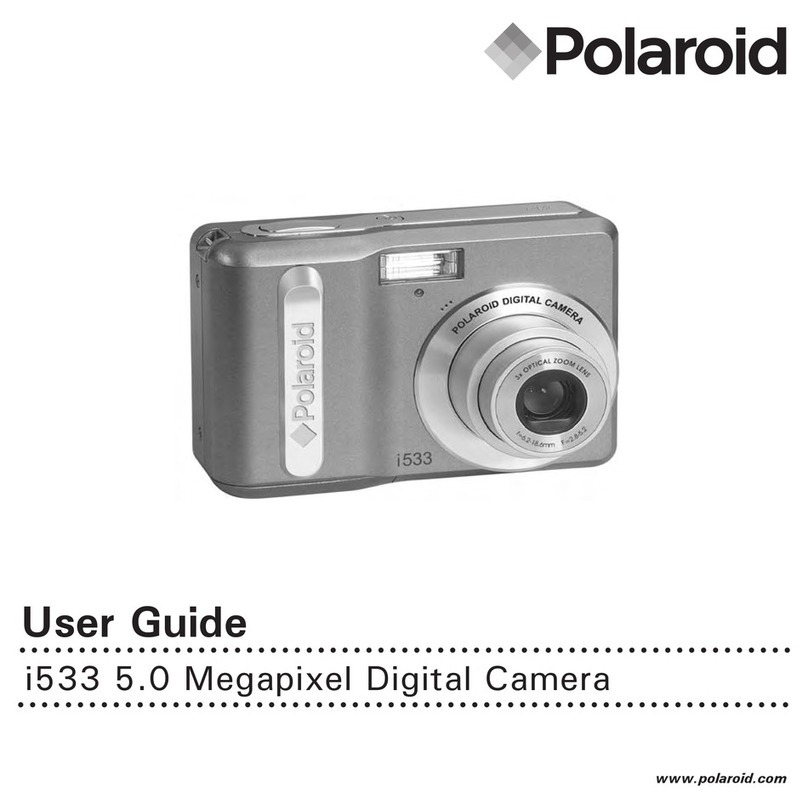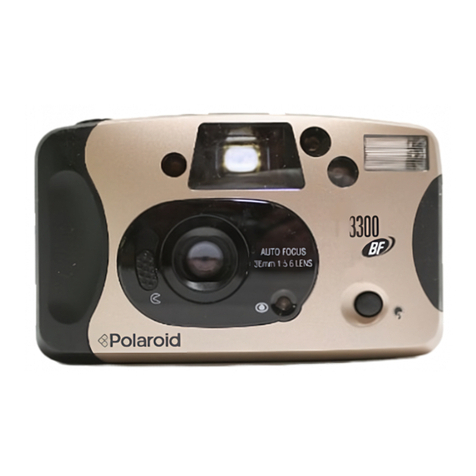
Contents
Camera parts.
The two MP-4 models . . .
Thecameraheads. . .::. . ..
The MP-4 shutter
Lenses for the MP-4
The focusing screens
The reflex viewer and hood
The interchangeable fllm holders . . . . . .
Hol,r'to attach the electrical assembly . .
Attach camera coÌumn to baseboard . . .
Camera assembly
Assembly and use of the sliding
camera head. . .
AssembÌy and use of the 44-40
fixed camera head . .
Assembly and use of the 44-44
fixed camera head . .
Assembly of lighting system
Camera operation
Hor,l'to insert the Polaroid Land
Film Holders
How to use the Polaroid Land
Pack Film Holder 44-48 .
Camera tilt . .
Camera column rotation on MP-4
ModelXLR ......... 32
CamerabodyremovaÌ ......... 33
MP-4shutteraccessories ....... 33
Some other useful camera accessories . . . 34
FiltersfortheMP-4 . .......... 35
MP-4careandmaintenance. . . . . . . . . . . . 36
Warranty; Registration; Servicing. . . . . . 36
Polaroid Service Centers and Offices . . . . 37
Free and rapid technical assistance
Ifyou ever need additional help in the use ofyour MP-4 camera, or advice on any other
photographic probÌem, you may call us free of charge, Mon.-Fri., 9 a.m. to 6 p.m. (East-
ern Time). From an1'where in the continental U.S.A., call toll-free at 800-225-1618. Or,
urite to Technical Assistance, Polaroid Corporation, 784 Memorial Drive 3M, Cambridge,
Ma-ss. 02139. For assistance in other countries, please contact the Polaroid offìce nearest
you (see page 37 for list of addresses).
4
5
6
7
7
7
8
8
I
10
11
18
20
o.)
26
28
31
t4
16
lntroduction
The Polaroid MP-4 Land Camera is an
unusually versatile photographic unit. Its
uses in industry, business, medicine,
research, education, the graphic arts, and
in a vast variety of other fields are almost
unlimited. They include photomicrography,
photomacrography, wall chart copying,
slide making, X-ray copying, smalÌ object
photography, gross specimen photography,
and many others.
The camera can be used with almost all
Polaroid Land film types. With these, it can
complete most jobs within seconds, without
a darkroom. The camera can also be used
with wet-process films of some formats.
The selection of lenses, and a special
macro extension, render possible a wide
range of reproduction ratios, from extreme
reduction to high magnification. For even
higher magnification, the camera can be
used together with a microscope.
With its wide selection of accessories, the
MP-4 is much more than just a camera - it
is a complete photographic system.
The versatility of the system is truly lim-
ited only by the imagination and ingenuity
ofthe user.

